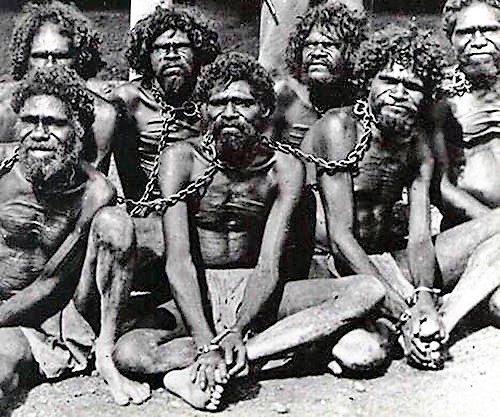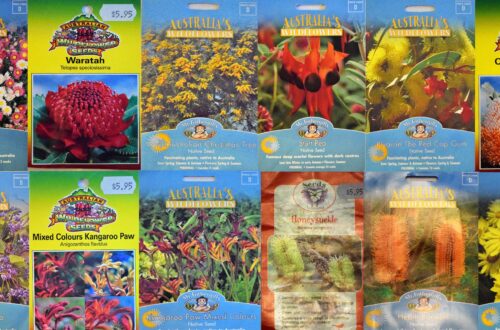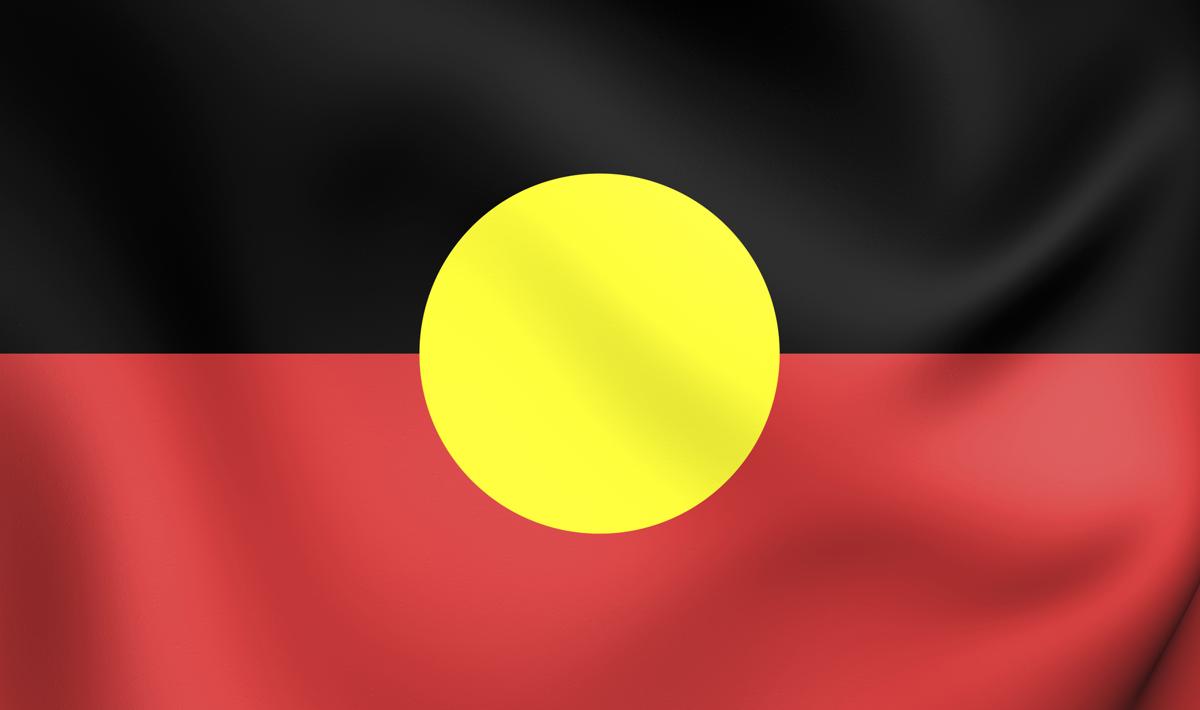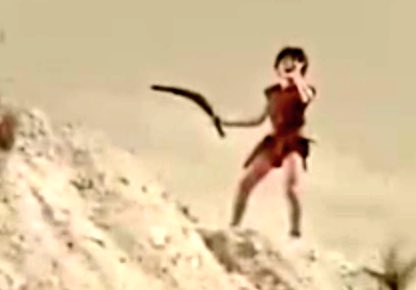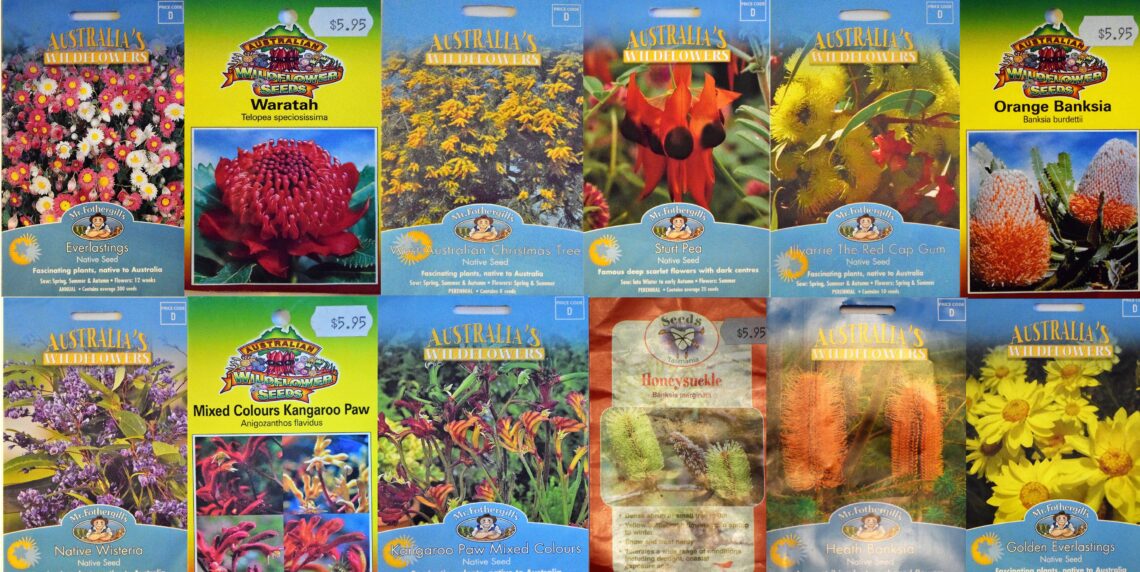オーストラリアは、本日(2023年10月14日)国民投票が行う。 アボリジニ―やトレス海諸島など先住民の位置を明文化するために、連邦政府(国)に対して政策を提言でいる諮問機関「Voice to the Parliament(国会への声)」に憲法改正の是非を問う投票が行われる。 同機関が設立されたら国政策等に対して先住民の意見・助言など伝える役割となり、拘束力もなく権限も全くない。 考えRooとしては賛成するの当たり前のことです。植民地化されて国が乗っ取られた全人口の約3.2%を占める先住民は、大半の社会経済指標で全国平均を下回る生活を送っている上に今でも他のオーストラリア人よりも精神的・身体的疾患の割合が高く、失業率が高く、寿命が短い。オーストラリアは先住民の国である。言い分を言わせるべきだ。また、脱植民化工程の一歩となる。 オーストラリアが先住民に対して酷い歴史がある。1967年の国民投票まで国民として承認しなくて、扱いが動物同様でした。1970年代まで続いた白豪主義も先住民を不有利だった。 1967年で先住民を国民として認めて国民投票が圧倒的に賛成し改憲となったが、国民投票の賛成が極めて難しい。全国で過半数の支持を得た上、6州中4州以上で過半数の支持を集める必要がある。独立1901年から国民投票は44回行い、賛成したのはわずか8回。 昨年まで、与野党が先住民が賛成気味だったが、白人至上主義者の兆候が見られる与党党首であるピーター・ダットン氏を先頭に反対派が生まれ、勢いが強まった。反対派は人種による国の分断につながり先住民に過剰な発言権が与えられると訴えている。残念ながら、投票当日「No」が圧倒的に支持されそうだ。 オーストラリアの人種差別歴がこれからも続きそうだ。 Related posts: X-Box LIVEがオージー英語感知に 2014年豪訪問中の安倍総理・アボット豪首相の共同記者会見 2014年豪訪問中の安倍首相が豪国会で演説 感激!同性婚保安可決に豪国会内「合唱団」が豪州人統一感の歌を Powered by YARPP.
-
-
Sometimes, Kangaeroo can come up with the seed of an idea. Thanks to a bit of a search a few months ago, Kangaeroo has got plenty of Aussie native plant seeds to try and grow. Growing them will be a late-winter, early-spring initiative. But preparations are already underway. Will be interesting to see how the Kangaeroo Cove shapes up when the northern spring hits. Related posts: Strine Dictionary Beating Jobsworths with Luck AFL – Modern Australia’s Religion and Failed Proselytizing in Japan There And Back Again: Oz 2022 Powered by YARPP.
-
考えRooがオーストラリアについてプレゼンをしましたので、その内容が以下の通りとなりました。コメントなどをぜひ送ってください。 今のオーストラリアの概要 * オーストラリアはラテン語で「南大陸」という意味 * 本土に加えてタスマニア島を含め数多くの島々で構成、面積はおよそ770万㎢であり、日本の約25倍ある * GDPが世界19位、一人当たりのGDPは世界9位 * 人口が2500万人弱、日本の約5分の1 * 住民の80%以上がヨーロッパ系の白人であり、その他にアジア人が約12%、先住民などが約2% * ヨーロッパ人在住が1788年から始まり、イギリスの刑務植民地として開拓された * 当時、イギリス法はオーストラリアを「無人」扱いだったが、先住民がそこですでに数万年間住んでいた オーストラリア先住民 * 昔、「アボリジニ 」として呼ばれた * まだ使われているが、「土人」という意味なので「先住民」、「原住民」、「ファースト・ネーションズ」や特定部族名を使うことが主流 * 先住民の定義は、植民地化以前にトレス海峡諸島民を含めてオーストラリア大陸及び周辺諸島に移住した人の子孫 * 現在、援助対象の場合を除き「先住民」認可は基本的に自己申告 * 植民地化当時人口が約300万人とされているが、今の先住民人口は約65万人であり、全体のおよそ2.8% ドリーミング * 先住民の宗教にあたるのは「ドリーミング、夢の時」 * 個人のすべての過去と現在と未来がつながっていると信じる * 各個人のドリーミングが違い、独特なものである * 部族の象徴でも、習慣でもドリーミングになる * 全ての知識が先祖から集まると信じる * 死後、名前を使用することが禁じられている * 死後、再び土と一緒になると信じる * 宗教同様、多くの神話が部族によって異なった * 共通神話が「虹蛇」 * 虹蛇が創造神話の中心となっている、世界を創ったとされている * 全てのものが土と一緒になるため聖地が多い * 有名な例がウルル(エアーズロック)。聖地であるため、最近、2019年から登山禁止されることが発表 コロボリー * 踊り、音楽、仮装でドリーミングと交流する儀式 * 参加者が体に絵を描く * 原則として誰でも参加できるが女性などが禁止されたコロボリーもあった アボリジナル旗 * アボリジナル旗は先住民族の旗であり、オーストラリアの公式な国旗の一つ * 1971年にハロールド・トーマス(Harold Thomas)によってデザインされた * 黒は、先住民族の黒い肌の色を表す * 赤はオーストラリアの土の色であり、過去も未来を表す * 黄色い丸は生命源である太陽を表す 先住民部族 * 元々先住民は600以上の部族があった * 各部族に特有文化及び言語があった * 先住民言語の多くは絶滅したが、未だに120種類以上が使われている * ほとんどの先住民が英語を母国語としている * オーストラリア・アボリジニ英語が出来た 世界最長継続文化 * 先住民がオーストラリア到来以降狩猟採集社会となった * 未だに狩猟採集社会が北部のアーネム半島を中心に継続している * 継続している文化で世界で最も最長となっている * 最後の未接触部族が1984年にオーストラリア中央部にて発見された * 先住民のほとんどが遊牧民族 * ほんの一部を除けば、入植当時農業がほとんどなかった * 「領土」の感覚がなくて、部族の行動範囲がだいたい決まっても「所有」という感覚がなかった * 部族内戦争が多発したが、目的が主に限られた食資源と部族外女性を取るため…
-
オーストラリアの象徴のひとつでもあるウルル(昔はエアーズロックと呼ばれている一枚岩)を岩登りが出来なくなる。 ウルルは、オーストラリアの先住民にとって聖地であり、岩登りが観光活動の一つとなったことはウルルの所有権者であるアナング族にとって昔からの痛みでもあった。 アナング族は、多くの観光客がウルルを尊敬しないで、聖地でありながら汚しているため、所有権が返還された1980年代から岩登りを禁止しようとしていた。 今月、「ディズニーランドじゃないよ」と言いながら、アナング族がやっと岩登りを禁止することを宣言した。 禁止命令が執行するのは2年後となる。 Why we are banning tourists from climbing Uluru ウルルの英語版ウィキペディア(日本語版のページが間違っている情報を掲載している) Uluru climbing ban: A history of disrespect atop the rock Related posts: Strange Straya Tucked Away in a Tract in Tokyo No Beef About Getting Some Get up and Go! 豪キャブラリー:Yonks Big Thingsのはずなのに遥かに本物より小さいのBig Ayers Rock Powered by YARPP.
-
Australia provided an (admittedly unacknowledged) touch to Monster Prince (怪獣王子), one of Japan’s most popular TV shows in the late 1960s. Monster Prince told the story of Takeru Ibuki, a boy left stranded on a tropical island while a baby when his family is caught in a volcanic eruption and subsequently raised by dinosaurs living there. Together with his brontosaurus friend, Nessie, Takeru defends the island, and by extension the Earth, from invading aliens. And that’s where the Australian touch comes in…Takeru’s weapon of choice is a boomerang! The show ran for two series and was made by Nihon Tokusatsu…
-
An awesome young Japanese guy playing a hip tune on the didjeridu, an indigenous Australian instrument, in Tokyo’s Harajuku district. Related stories Ringo’s Ring-in, Awesome Aussie Anime Highlight the Fab Four’s Oz Oddities Related posts: Ringo’s Ring-in, Awesome Aussie Anime Highlight the Fab Four’s Oz Oddities Chance encounter caused by Melbourne rain makes Indigenous Australian art Big in Japan – and Oz art’s greatest-ever solo success Tets-J Doing a Dinkum Bewdy of a Job Spreading Indigenous Aussie Culture in Japan Nissan Bluebird Oozui: When Australia (Briefly) Exported Cars to Japan Powered by YARPP.
-
オーストラリアニューサウスウェールズ州が非常事態宣言となり中心となっている山火事関連記者会見で務める豪手話(Auslan)通訳が「中指を立てる」と指摘がありネット上で課題となっているが同州ロア協会がどう表現がいつもの侮辱的な意味がないという。 アメリカで始まった「中指を立てる」が怒っている人に対して示すジェスチャだけど、この約40年間では、オーストラリアやその他の英語圏全体をはじめ世界中に使用することになった。 しかし、Auslanは、100年以上の歴史があり、同ジェスチャがオーストラリアで一般化される前にコミュニケーションとして手話で中指を立たせることが一切珍しくなかった。今でもAuslanでは良く使われているらしい。たとえば、Auslanでは中指を立つと「あって使える」か「バカンス」や「怠ける」という意味がある。 同協会が「中指立てる」終話をマーケティングとしても活用している。一部のPR資料には同ジェスチャの写真があり「思っている意味と違うぞ」と書かれて健常者などに終話に関する啓発などを行なっている。 Auslanはイギリス豪手話とアイルランド豪手話で大きく影響与えられてるが、独自な言語となっている。大きな方言が二つあり、オーストラリア北部で使われいる「ノーザンAuslan」と南部使用の「サザンAuslan」。数多くの先住民言語に基づいている豪手話言語もある。 Auslan Signbank (Auslanデータベース) Auslan 辞書 Related posts: 豪先住民が数万年前から使っている「手話」 Big PeopleがなければBig Thingsが揃わない 豪キャブラリー: Packed 砂漠のド真中にあるビール大好きなクジラ Powered by YARPP.
-
豪ノーザン・テリトリー州にある重要な自然遺産として認められつつあった有名なユーカリ林がこの頃放火で全焼された、と豪各大手マスコミ社が4日付報道した。 Ghost gums on the verge of being recognized as part of the Northern Territory’s heritage have been destroyed by arson, according to various mainstream Australian media reports on Jan. 4. このユーカリ林はゴースト・ガムと呼ばれている木であり、初めて国際的に認められ有名となった豪先住民画家故アルバート・ナマトジラ氏が描いた木だった。 These eucalyptus trees had come to prominence after being painted by Albert Namatjira, the first indigenous Australian artist to achieve widespread global recognition. 焼かれた林は、同州自然文化財を認可する寸前だったようだが、この数日間以内に放火された。動機など同州当局が捜査中だという。 The torched trees were apparently about to be recognized as an important part of the state’s heritage, but were burned to the ground some days ago. Northern Territory authorities are investigating the motives into the arson attack. ナマトジラ氏が活躍した時代オーストラリアが先住民を「国民」として認めていなかったが、描いたオーストラリアの風景が世界中に高く評価された。同氏の絵にはこのゴースト・ガムが主体となったものが多かった。 Namatjira was active and his work…
-
2013年は巳年で、蛇が脱皮をすることから「復活と再生」を連想させ、餌を食べなくても長く生きることから「神の使い」として崇められている。 Welcome to 2013, the Year of the Snake, according to the Chinese Zodiac. The Year of the Snake is said to evoke images of rebirth and revival, due to the snake’s repeated shedding of its skin, as well as have a strong connection with the gods due to the reptiles’ ability to live for long periods without eating. 恐らく海外で最も有名な蛇年生まれのが安室奈美恵、島田順子、香取慎吾と本木雅弘だろう。 Probably the most famous overseas of those Japanese born in the Year of the Snake are singer Namie Amuro, fashion designer Junko Shimada, entertainer and youngest SMAP member Shingo Katori and actor Masahiro Motoki. もちろん、オーストラリアにとって蛇も重要な存在だ。 Of course, the snake also…
-
1950年代世界を魅了して以降評価が下がれ影響も薄れた邦画同様、1970・1980年代で一時期一世風靡した豪映画も低迷している。 Just as Japanese cinema was globally renowned in the 1950s only to subsequently fall into decline, Australian movies lauded across the world in the 1970s and 1980s can now no longer make much of an impact outside of their homeland. 国内市場が十分に邦画の存在を確保できるに対してオーストラリア国内だけでは商売にならない。今でも大ヒットしても数百万豪ドルの興業収益しか期待できないので、世界的にヒットするクロコダイル・ダンディ、マッド・マックスかムーラン・ルージュやハッピー・フィートなどのような大作以外オーストラリアの映画界がビジネスよりチャリティ見たいな存在だ。 Unlike the domestic Japanese market, however, which is of a scale large enough to support its own industry, the Australian domestic movie business is tiny. This ensures that short of making a hit of the likes of the initial Crocodile Dundee series entries, the Mad Max series or something akin to Happy Feet or Moulin Rouge, a general…
